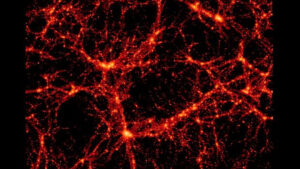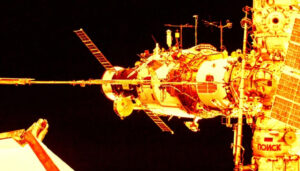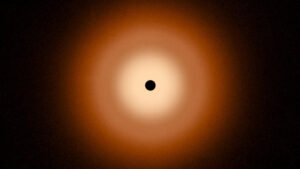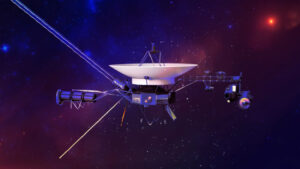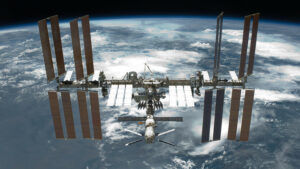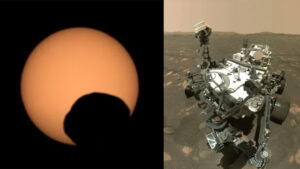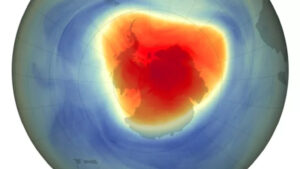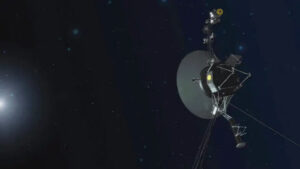Science
A NASA image shows an ozone hole that is three times the size of the U.S
PUBLISHED NOV 1 2024, 12:10 PM EDT
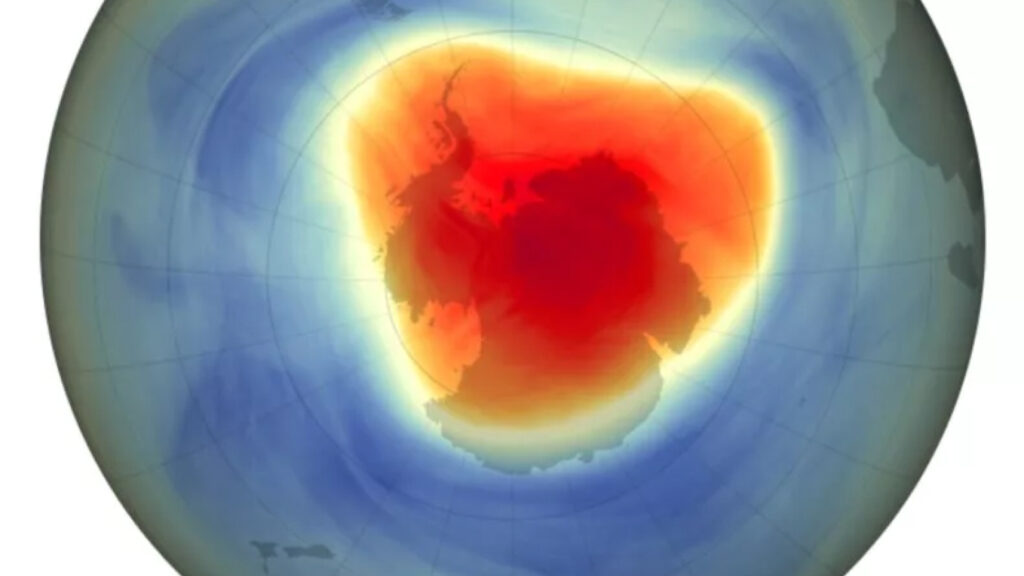
Scientists have reported that the ozone hole over the Earth’s southern pole spans nearly 20 million square kilometers this year—close to three times the size of the contiguous United States—while also highlighting positive progress in global environmental recovery efforts.
The ozone hole peaked at 22.4 million square kilometers (8.5 million square miles) on September 28, which researchers describe as relatively small compared to historical records.
The ozone layer, a vital atmospheric shield, protects Earth from harmful ultraviolet (UV) radiation. When the ozone layer thins, it allows more UV light through, increasing the risk of skin cancer, reducing crop yields, and harming sensitive ecosystems.
This year’s ozone hole ranks as the seventh smallest since recovery efforts began in 1992, following the implementation of the Montreal Protocol, an international agreement aimed at phasing out ozone-depleting chemicals.
“The 2024 Antarctic ozone hole is smaller than those observed in the early 2000s,” said Paul Newman, head of NASA’s ozone research team and chief scientist for Earth sciences at NASA’s Goddard Space Flight Center.
“The steady improvement we’ve observed over the past two decades shows that international efforts to limit ozone-depleting chemicals are effective,” he added.
This reduction in the ozone hole is due to a combination of falling chlorofluorocarbon (CFC) levels and unexpected infusions of ozone from air currents north of Antarctica. Signed in 1987, the Montreal Protocol required countries to replace harmful chemicals with environmentally safer alternatives by 2010.
By the mid-1980s, the ozone layer had become severely depleted, creating large ozone-free areas over Antarctica in early October each year.
CFCs, found in refrigerants, aerosols like hair sprays and antiperspirants, and insulating foams, are major contributors to ozone depletion.
NOAA’s Stephen Montzka noted that while 2024’s measurements are promising, “the ozone layer is still far from fully healed.”
Researchers continue to monitor the ozone layer using advanced instruments aboard NASA’s Aura satellite, NOAA-20 and NOAA-21 satellites, and the Suomi NPP satellite. Additional data is gathered from weather balloons launched from the South Pole Baseline Atmospheric Observatory, which recorded the lowest ozone level at 109 Dobson units on October 5.
Scientists project that if current trends persist, the ozone layer could fully recover by 2066, marking a major achievement in global environmental cooperation and scientific progress.
Science
Advertise With Us
BVD Newsletters
Sign up for free newsletters and get more BVD delivered to your inbox
Get this delivered to your inbox, and more info about our products and services.
© 2024 BVD LLC. All Rights Reserved.
Data is a real-time snapshot *Data is delayed at least 15 minutes. Global Business and Financial News, Stock Quotes, and Market Data and Analysis.
Market Data Terms of Use and Disclaimers
Data also provided by REFINITY

